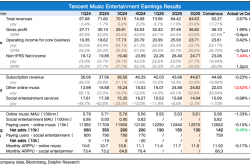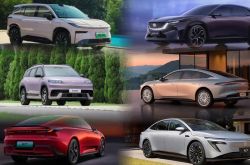October Auto Market Sees Dramatic Shift: Hongguang MINI EV Claims Top Spot, Can Xiaomi YU7 Outshine Model Y?
![]() 11/13 2025
11/13 2025
![]() 404
404

The latest data from the China Passenger Car Association reveals that in October 2025, the nationwide retail sales of passenger vehicles reached 2.242 million units, marking a slight year-on-year decrease of 0.8% and a negligible month-on-month decline of 0.1%. In stark contrast, the new energy passenger vehicle market defied the overall trend, with retail sales hitting 1.282 million units, up 7.3% year-on-year. The retail penetration rate soared to 57.2%, cementing its status as the driving force behind the market. How did specific models fare? Let's delve into the details today.
1. Sedan Market: MINI EV Reigns Supreme, Han Slips Out of Top 40
In the October sedan sales rankings, the Wuling Hongguang MINI EV emerged as the undisputed leader, selling 61,119 units—an 18.9% month-on-month increase and a staggering 79.9% year-on-year surge. This 'national commuter car' continues to dominate the sub-100,000-yuan commuter car segment, thanks to its affordable pricing and precise market positioning.
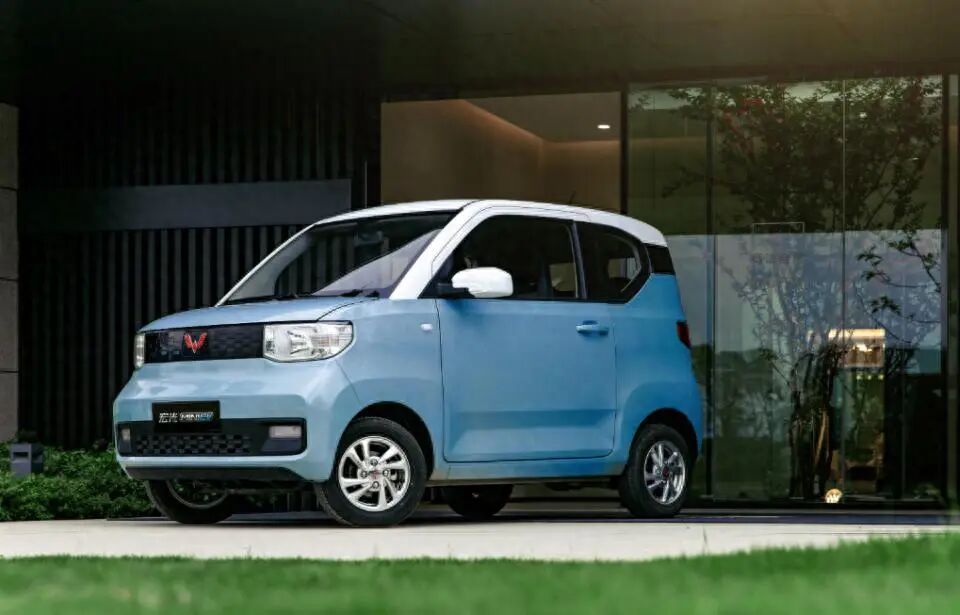
The Geely Starry Wish secured second place with 44,000 units sold, a remarkable 192.4% year-on-year increase, establishing itself as a key growth driver in the plug-in hybrid market.

The BYD Qin PLUS and Nissan Sylphy both exceeded 33,000 units in sales, ranking third and fourth, respectively. Meanwhile, the Volkswagen Sagitar, Lavida, and BYD Seagull maintained robust sales figures, all surpassing the 20,000-unit mark.
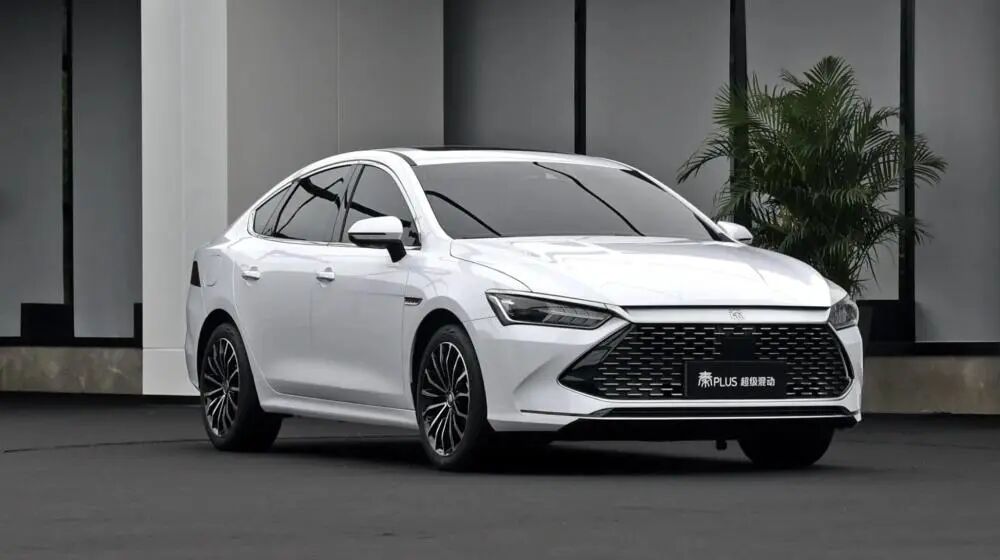
The most surprising entry on the sedan list was the BYD Han, which sold a mere 7,180 units, dropping to 44th place—a stark contrast to its former glory days.
In the B-segment car market, a German-Japanese rivalry unfolded, with the Camry, Passat, and Magotan all reaching sales figures around 18,000 units. The Toyota Avalon, Fengyun A9L, and Galaxy Star 8 also performed well, all exceeding the 10,000-unit threshold.

2. SUV Market: Xiaomi YU7 Takes Center Stage, Titan 7 Makes a Rapid Climb
The October SUV market witnessed the emergence of a dark horse: the Xiaomi YU7. With retail sales of 33,662 units, it claimed the top spot in SUV sales, marking a remarkable 50.5% month-on-month increase. The Xiaomi YU7's ascent signifies the dawn of a new era, where emerging brands are reshaping the market landscape.
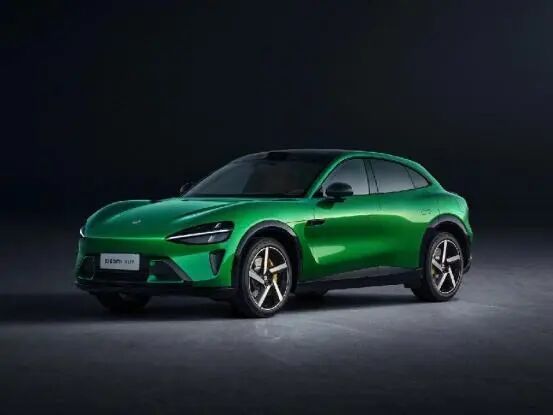
Equally noteworthy was the Titan 7's outstanding performance, as it entered the top ten for the first time with 20,024 units sold—a staggering 146.4% month-on-month increase. The Titan 7 boasts an 'Interstellar Ark' design language, offering a 200km pure electric range and a 1,300km combined range, catering to both urban commuting and long-distance travel needs.

Surprisingly, Tesla fell out of the top 20 brand rankings, experiencing a sharp 64% month-on-month decline—far exceeding the industry average. Its flagship model, the Model Y, saw a 61.9% month-on-month drop and a 46% year-on-year decline. If Tesla fails to swiftly introduce a facelift or adjust its pricing strategy, its market share may face further erosion from domestic competitors.
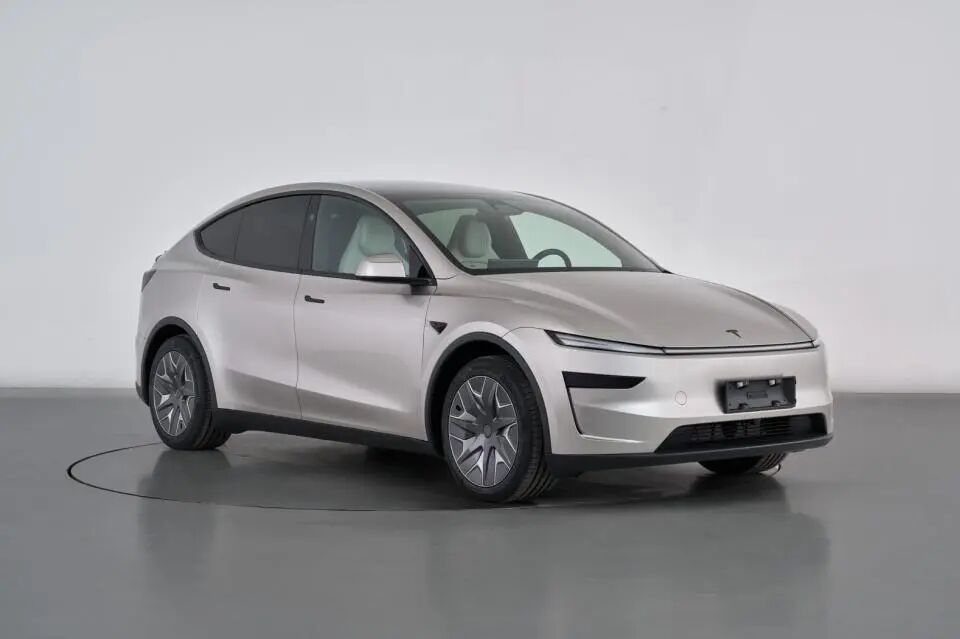
3. Brand Competition: BYD Leads, Xiaomi Surges Against All Odds
The brand rankings witnessed intensified competition, with BYD leading the pack with a total sales volume of 255,994 units. The most eye-catching performer was Xiaomi Auto, which set a new monthly record with 48,654 units sold—a 135% year-on-year increase—becoming the biggest surprise in the brand rankings.

Emerging brands like Galaxy and Leapmotor also delivered strong performances. Galaxy ranked fourth with 119,319 units sold, up 7.5% month-on-month and 92% year-on-year. Leapmotor secured seventh place with 63,724 units sold, up 6.6% month-on-month and 77% year-on-year.
Among joint venture brands, Volkswagen ranked second with 166,500 units sold, up 2.8% month-on-month but still down 17% year-on-year. Toyota and Nissan ranked third and eighth, with 142,913 units and 61,290 units sold, respectively.
4. Fuel Vehicles: Holding Half the Market, Joint Venture Brands Face Pressure
Despite the rapid growth of new energy vehicles, fuel vehicles continue to demonstrate strong resilience in the SUV market, occupying five spots in the top ten.
The Boyue L ranked second in the SUV market with 32,942 units sold, while the RAV4 ranked fourth with 23,213 units. The Starry L and Tiguan L secured fifth and ninth places with 21,704 units and 19,230 units sold, respectively. The Harver Big Dog rounded out the top ten with 18,875 units sold.
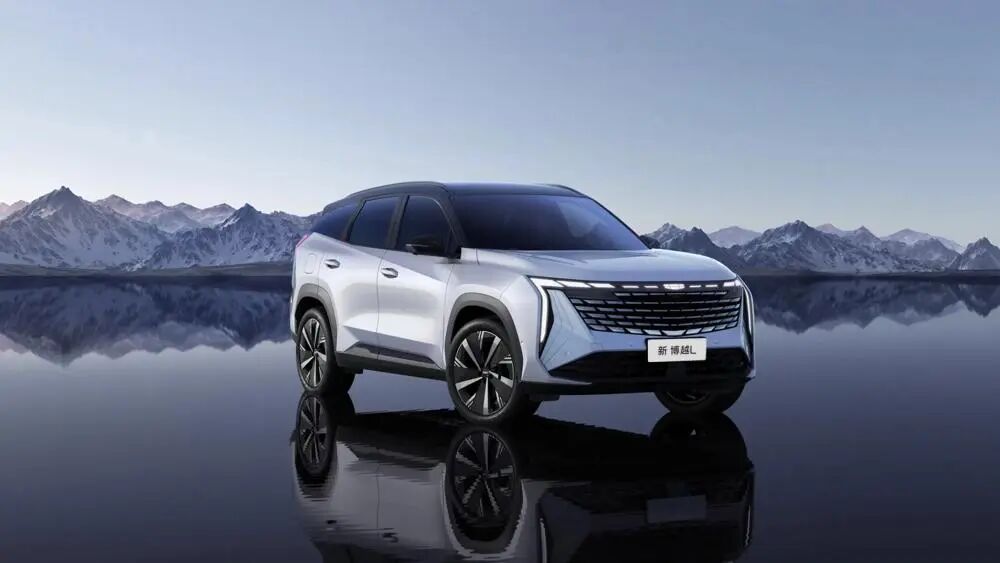
In the sedan market, the Nissan Sylphy stood out with 33,000 units sold, showing little change from the previous month. The Volkswagen Sagitar and Lavida also performed well, with monthly sales figures exceeding 20,000 units. The decline of joint venture fuel vehicles is not accidental but rather a result of technological disparities and strategic lag. In October, the Lavida saw a 30.7% year-on-year decline to 22,422 units, becoming a prime example of the decline of German fuel vehicles.
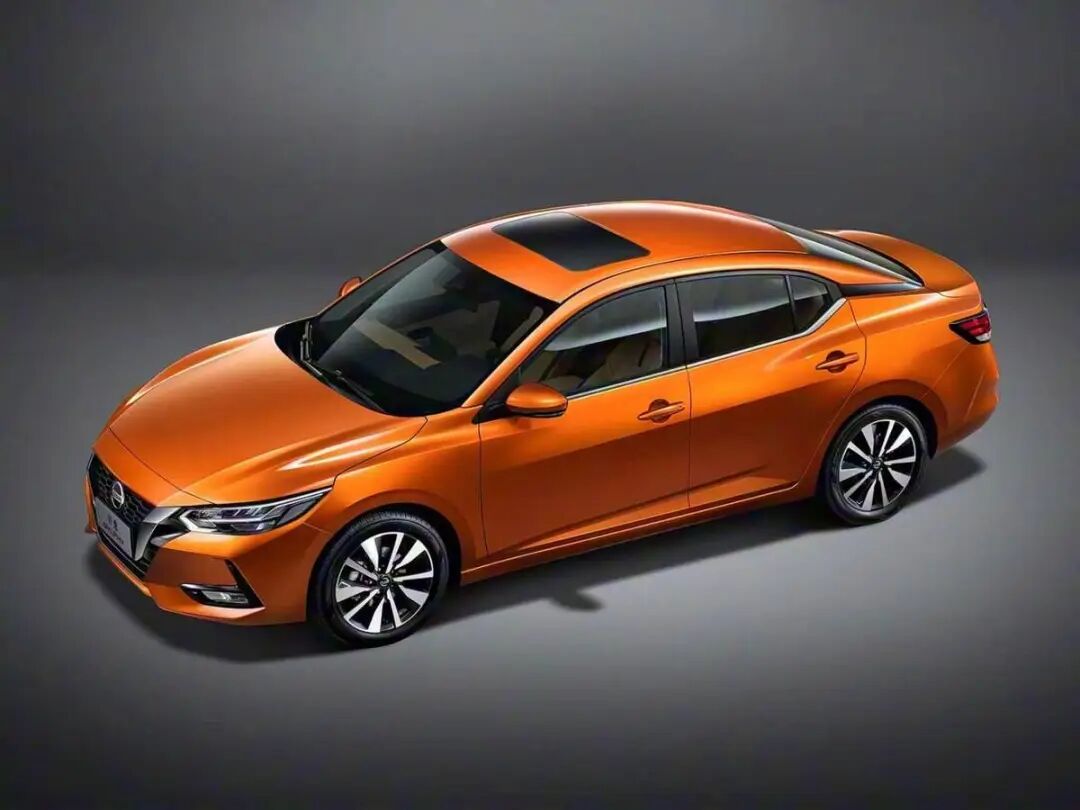
5. Future Outlook: New Energy Penetration Rate Could Reach 60%
Driven by new energy policies and market dynamics, the Chinese auto market is accelerating its transition from fuel to electric vehicles—a process that may unfold faster and more intensely than anticipated.
With the Guangzhou Auto Show on the horizon and year-end sales promotions in full swing, it is projected that the domestic new energy penetration rate could approach 60%. The competition in the auto industry has evolved from a technological battle between fuel and electric vehicles to a comprehensive contest in smart ecosystems and iteration speed. Who will emerge victorious in this fiercely competitive landscape? Let's wait and see!



